Loquat leaf
[Medicinal use] This product is the leaf of the loquat plant of the Rosaceae family.
[Nature and flavor and meridians] Bitter, flat. Enters the lung and stomach meridians.
[Effects] Clears the lungs and relieves coughs, harmonizes the stomach and reduces adverse reactions.
[Clinical application] 1. Used for lung heat cough, qi reversal and wheezing.
Loquat leaves can clear lung heat and resolve phlegm and reduce qi, and are used for lung heat cough, qi reversal and wheezing. They can be used with mulberry bark, apricot kernel, and Aristolochia.
2. Used for vomiting, hiccups, thirst and other symptoms.
This product has the function of clearing and relieving bitterness, so it can harmonize the stomach and reduce adverse reactions and stop vomiting and hiccups. It is often used in combination with Pinellia, Imperata root, and Bamboo Ru; as for the treatment of thirst, it also takes its function of clearing stomach heat, and can be used with fresh Phragmites australis, Ophiopogon japonicus, Radix Trichosanthis.
[Prescription name] Loquat leaves (wash, dry, and chop), honey roasted loquat leaves, roasted loquat leaves (honey roasted, has the effect of moistening the lungs)
[General dosage and usage] One to three coins, wrapped and decocted.
[Comments] 1. Loquat leaves are heat-dissipating and bitter, which can not only clear the lung qi and stop coughing, but also reduce stomach reversal and stop vomiting. It can be used for coughs and vomiting caused by wind-heat and dryness. Therefore, it is a commonly used medicine for relieving cough and vomiting. There are many fuzzes on the back of loquat leaves, which are not easy to clarify when added to soup, and may irritate the throat and cause itching, so the fuzz must be wiped off before use, and it is advisable to wrap it in cloth for decocting. If the fuzz has been wiped clean, it is not necessary to wrap it in cloth for decocting. It can be roasted for relieving cough and reducing phlegm, and it is advisable to use it raw to soothe the stomach and stop vomiting.
2. This product can be used with houttuynia, dandelion, honeysuckle, and peucedanum to treat phlegm-heat in the lungs, itchy throat and cough; with roasted aster and coltsfoot, it can be used for long-term cough and phlegm; with fresh reed root and bamboo shavings, it can be used for stomach heat and vomiting.
[Example of prescription] Loquat Qingfei Drink “Yi Zong Jin Jian”: loquat leaves, coptis, phellodendron, gardenia, mulberry bark, adenophora, licorice. Treat lung heat and cough.
This product is the dried leaves of the loquat plant Eriobotrya japonica (Thunb.) Lindl. of the Rosaceae family. It can be harvested throughout the year, and when it is 70% to 80% dry, it is tied into small bundles and then dried.
[Properties] This product is oblong or obovate, 12~30cm long and 4~9cm wide. The tip is pointed, the base is wedge-shaped, the edge has sparse serrations, and the base is entire. The upper surface is gray-green, yellow-brown or red-brown, relatively smooth; the lower surface is densely covered with yellow villi, the main vein is prominent on the lower surface, and the lateral veins are pinnate; the petiole is extremely short and covered with brown-yellow villi. Leathery and brittle, easy to break. Slight smell, slightly bitter taste.
【Identification】
(1) Cross-section of this product: The upper epidermal cells are flat and square, with a thick cuticle on the outside; the lower epidermis has many single-cell non-glandular hairs, which are often curved, and are mostly curved into a herringbone shape near the main vein, and stomata are visible. The palisade tissue is composed of 3 to 4 rows of cells, and the spongy tissue is loose, all containing calcium oxalate prisms and family crystals. The main vein vascular bundle is tough outside and nearly annular; the bundle sheath fiber bundles are arranged in discontinuous rings, with lignified walls, and the surrounding thin-walled cells contain calcium oxalate prisms to form crystal fibers; there are mucous cells scattered in the parenchyma, and calcium oxalate prisms.
(2) Take 1g of the powder of this product, add 20ml of methanol, ultrasonically treat for 20 minutes, filter, evaporate the filtrate, and add 5ml of methanol to dissolve the residue as the test solution. Take another 1g of the reference medicinal material of loquat leaf and prepare the reference medicinal material solution in the same way. Take the ursolic acid reference substance and add methanol to prepare a solution containing 1mg per 1ml as the reference substance solution. According to the thin layer chromatography method (General Rule 0502), take 1h of each of the above three solutions and spot them on the same silica gel G thin layer plate, use toluene-acetone (5:1) as the developing agent, develop, take out, dry, spray with 10% sulfuric acid ethanol solution, and heat at 105 until the spots are clearly colored. In the chromatogram of the test product, spots of the same color appear at the corresponding positions of the chromatogram of the reference medicinal material and the chromatogram of the reference substance.
【Inspection】
The water content shall not exceed 13.0% (General Rule 0832 Method 2).
Total ash content shall not exceed 9.0% (General Rule 2302)
[Extract]
Determine by hot soaking method under the alcohol-soluble extract determination method (General Rule 2201), using 75% ethanol as solvent, and shall not be less than 18.0%.
[Content determination]
Determine by high performance liquid chromatography (General Rule 0512).
Chromatographic conditions and system suitability test: Octadecylsilane bonded silica gel is used as filler; acetonitrile-methanol-0.5% ammonium acetate solution (67:12:21) is used as mobile phase; the detection wavelength is 210nm. The theoretical plate number calculated based on the ursolic acid peak should not be less than 5000.
Preparation of reference solution Take appropriate amount of oleanolic acid reference and ursolic acid reference, weigh accurately, add ethanol to make a mixed solution containing 50ug oleanolic acid and 0.2mg ursolic acid per 1ml, and obtain the test solution. Take about 1g of crude powder of this product, weigh accurately, put it in a stoppered conical bottle, accurately add 50ml ethanol, weigh the weight, ultrasonically treat (power 250W, frequency 50KHz) for 30 minutes, cool, weigh again, add ethanol to make up the lost weight, shake well, filter, and take the filtrate to obtain.
Determination method Accurately aspirate 10ml of reference solution and test solution respectively, inject into liquid chromatograph, and determine to obtain. This product, calculated on a dry basis, contains a total amount of oleanolic acid (C30H4803) and ursolic acid (C30H4803) of not less than 0.70%
Decoction pieces
[Processing]
Remove the hair from the loquat leaves, spray with water, cut into strips, and dry.
[Properties]
This product is in the form of silk strips. The surface is gray-green, yellow-brown or red-brown and relatively smooth. Hair can be seen on the lower surface, and the main vein is prominent. Leathery and brittle. Slight odor, slightly bitter taste
[Inspection]
Water content is the same as the medicinal material, not more than 10.0%.
Total ash is the same as the medicinal material, not more than 7.0%.
[Extract]
Same as the medicinal material, not less than 16.0%.
[Identification]
(Except for the cross section)
[Content determination]
Same as the medicinal material.
Honey loquat leaves Take the loquat leaf strips and stir-fry them according to the honey roasting method (General Rule 0213) until they are not sticky.
For every 100kg of loquat leaf shreds, use 20kg of refined honey.
[Properties]
This product is shaped like loquat leaf shreds, with a yellow-brown or red-brown surface, slightly shiny and slightly sticky. It has a honey aroma and tastes slightly sweet.
[Inspection]
Water content is the same as the medicinal material, not more than 10.0%
Total ash is the same as the medicinal material, not more than 7.0%.
[Identification]
(Except for the cross section)
[Content determination)
Same as the medicinal material.
[Nature and flavor and meridians]
Bitter, slightly cold. Enters the lung and stomach meridians
[Functions and indications]
Qi reversal and wheezing, stomach heat and vomiting, irritability and thirst. Clears the lungs and stops coughs, lowers reverse and stops vomiting. Used for lung heat cough,
[Usage and dosage]
6~10g.
[Storage]
Put in a dry place.
Where are loquat leaves mainly produced?
Mainly produced in Guangdong and Zhejiang.
Where is the main medicinal part of loquat leaves?
Medicinal part of loquat leaves:
This product is the dried leaves of Eriobotryajaponica (Thunb.) Lindl., a plant of the Rosaceae family. It can be harvested throughout the year and tied into small bundles when it is 70% to 80% dry in the sun, and then dried in the sun.
Characteristics of the medicinal part of loquat leaves:
This product is oblong or obovate, 12~30cm long and 4~9cm wide. The tip is pointed, the base is shaped, the edge has sparse serrations, and the entire margin is close to the base. The upper surface is gray-green, yellow-brown or red-brown, and is relatively smooth; the lower surface is densely covered with yellow villi, the main vein is significantly protruding on the lower surface, and the lateral veins are pinnate; the petiole is extremely short and covered with brown-yellow villi. Leathery and brittle, easy to break. Slight smell, slightly bitter taste
How are loquat leaves recorded in historical books?
“Famous Doctors’ Records”: “It can cure constipation and relieve gas.
“New Compendium of Materia Medica”: “It can cure cough and indigestion.
“Compendium of Materia Medica Volume 30”: “Harmonize the stomach and lower the qi, clear away heat and relieve summer heat, and treat foot ulcer.
Effects
Loquat leaves have the effects of clearing the lungs and relieving coughs, lowering the adverse qi and stopping vomiting.
What are the main effects and clinical applications of loquat leaves?
Loquat leaves are used for lung heat cough, qi reverse and wheezing, stomach heat vomiting, irritability and thirst.
Lung heat cough
·For lung heat or dry heat cough, it can be used alone; or used with mulberry leaves, Ophiopogon japonicus, donkey-hide gelatin, etc.
·If it is used to treat lung deficiency and long-term cough, it is often used with Fritillaria cirrhosa, Stemona japonica, Morus alba, etc.
Stomach heat vomiting
·For stomach heat vomiting, it can be used alone to boil juice, or used with Coptis chinensis, Bamboo Shavings, Reed Root, etc.
·If it is used to treat cold qi reverse and vomiting, it must be used with ginger, tangerine peel, cloves, etc.
What other effects does loquat leaf have?
In my country’s traditional food culture, some Chinese medicinal materials are often widely used as food ingredients among the people. Use, that is, according to tradition, it is both a food and a Chinese medicinal material (i.e., an edible drug substance). According to the documents issued by the National Health Commission and the State Administration for Market Regulation, loquat leaves can be used as both medicine and food within a limited range of use and dosage.
Common medicinal recipes for loquat leaves are as follows
Loquat and chrysanthemum porridge
9 grams of loquat leaves, 6 grams of chrysanthemum, 15 grams of gypsum, wrapped in gauze, boiled in water, retaining the juice, and adding 60 grams of japonica rice , cook porridge. Take 1 dose daily, divided into several times.
Mulberry bark and loquat drink
Mulberry bark 25g, loquat leaf 15g.
First wash the mulberry bark, cut into sections, and dry. Brush the loquat leaves to remove the hair, wash, chop, dry and roast with honey. Put the mulberry bark and loquat leaves in a pot, add appropriate amount of water and boil for 30 minutes, remove the residue and take the juice. Drink it instead of tea every day.
Ginger porridge
Ginger (peeled and chopped) 10g, roasted loquat leaves 6g (ground), 100g polished rice.
First, fry ginger and loquat leaves, filter the juice; add polished rice to cook porridge, wait until cooked; add a little salt, soy sauce and other condiments; take warm on an empty stomach.
Note: The use of Chinese medicinal materials must be based on syndrome differentiation and treatment, and should be used under the guidance of professional Chinese medicine practitioners. Do not use them at will, and do not listen to Chinese medicine prescriptions and advertisements at will.
What are the compound preparations containing loquat leaves?
Qingzao Jiufei Decoction
Clears dryness and moistens the lungs, nourishes yin and replenishes qi. Indications: warm and dry lung injury, qi and yin injury syndrome. Body heat and headache, dry cough without sputum, qi reversal and wheezing, dry throat, dry nose, upset and thirsty, chest fullness and flank pain, dry tongue with little coating, weak and rapid pulse.
Loquat leaf paste
Clears the lungs and moistens dryness, relieves cough and resolves phlegm. Used for lung heat and dry cough, less phlegm and dry throat.
Loquat cough capsule
Relieves cough and resolves phlegm. Used for cough and sputum caused by phlegm heat in the lungs; bronchitis Bronchitis with the above symptoms.
Chuanbei Loquat Syrup
Clears heat and promotes lung function, resolves phlegm and relieves cough. Used for cough with yellow sputum or uncomfortable sputum, sore throat, chest tightness and pain caused by wind-heat invading the lungs and phlegm-heat blocking the lungs; cold bronchitis with the above symptoms.
Chuanbei Loquat Drop Pills for Cough Treatment
Clears heat and resolves phlegm and relieves cough. Used for colds and bronchitis with phlegm-heat blocking the lungs, with symptoms of cough, sticky or yellow sputum
Strong Loquat Dew
Nourishes yin and restrains the lungs, Antitussive and expectorant. Used for chronic cough, fatigue cough, and bronchitis.
Lingyang Qingfei Pills
Clears the lungs and relieves sore throat, clears plague and stops cough. Used for excessive heat in the lungs and stomach, feeling the evil of the season, body heat and dizziness, sore limbs, cough with excessive sputum, sore throat, nosebleed, cough with blood, dry mouth and tongue.
Modern research progress on loquat leaves
Modern research results show that the Chinese medicinal material loquat leaves have multiple pharmacological effects such as antitussive, antiasthmatic, expectorant, antibacterial, and anti-inflammatory.
Usage method
Loquat leaves have the effects of clearing the lungs and relieving cough, and reducing adverse reactions and stopping vomiting. . Generally, loquat leaf slices are used for decoction. Please follow the doctor’s advice for specific medication.
How to use loquat leaves correctly?
When loquat leaf decoction is taken orally, the common dosage is 6~10g.
Through different processing methods, loquat leaves, honey loquat leaves and fried loquat leaves can be produced. It is suitable to use honey to stop cough and raw to stop vomiting. Different processing methods have different effects, but the method of use is the same. Please follow the doctor’s advice for specific medication.
Loquat leaves are generally used in decoctions, decoctions are taken, and can also be made into powders or pills for consumption. However, the use of Chinese medicinal materials must be treated according to syndrome differentiation and should be used under the guidance of professional Chinese medicine practitioners. They should not be used at will, and should not be arbitrarily believed in Chinese medicine prescriptions and advertisements.
Note: When decocting loquat leaves, they should be wrapped and decocted.
In addition, loquat leaves can also be used for daily health care. Common methods of consumption are as follows:
· Boil water (mulberry bark loquat drink): honey roasted loquat leaves and mulberry bark boiled in water.
·Soaking in wine: Loquat leaves are combined with Atractylodes macrocephala, ginseng, roasted Astragalus and other Chinese medicines to make wine, which has the effects of strengthening the spleen and stomach, regulating qi and eliminating phlegm.
How to prepare loquat leaves?
Loquat leaves
Remove impurities and branches, brush off the fluff, spray with clean water, soften, cut into strips, dry and take the original medicinal materials,
Honey loquat leaves
First dilute the refined honey with an appropriate amount of boiling water, add it to the loquat leaf strips, mix well, steam and moisten, stir-fry with slow fire until it turns old yellow, and when it is no longer sticky, take it out, spread it out to dry, and collect it in time after it cools thoroughly. For every 100kg of loquat leaves, use 20kg of refined honey.
What drugs should be used with loquat leaves at the same time?
The combined use of Chinese medicine and Chinese and Western medicine requires syndrome differentiation and individualized clinical treatment.
If you are using other drugs, please consult a doctor before taking the medicine, and inform the doctor of all your diagnosed diseases and the treatment plan you are receiving.
Instructions for use
Loquat leaves are slightly cold, so those with cold cough and stomach cold vomiting should be cautious.
What precautions should be taken when using loquat leaves?
·In decoction, it needs to be wrapped and decocted.
·This product has a slight smell and a slightly bitter taste. The gray-green color is better. Use it raw or honey-roasted.
·Take it with caution for stomach cold vomiting and wind-cold cough.
During the medication, you should avoid eating cold, raw and cold foods, spicy and greasy foods, and avoid smoking and drinking.
·Pregnant and breastfeeding women: If you are pregnant, planning to become pregnant or are breastfeeding, please inform your doctor in time and consult whether Chinese medicine can be used for treatment.
·Children: Children’s medication must be carried out under the guidance of a doctor and adult supervision.
·Please keep the medicinal materials properly and do not give them to others.
Avoid using copper or iron utensils to decoct medicine. .
Medication tips
The most frequently asked questions by patients
The efficacy of Chuanbei loquat syrup
Chuanbei loquat syrup is a Chinese patent medicine. It is composed of Chuanbei fluid extract, platycodon, loquat leaf, and menthol. It has the effects of clearing heat and promoting lung function, resolving phlegm and relieving cough. It is used for cough with yellow sputum or uncomfortable sputum, sore throat, and chest tightness and pain caused by wind-heat invading the lungs and phlegm-heat blocking the lungs; colds and bronchitis with the above symptoms,
The efficacy of loquat leaf dew
Loquat leaf dew is mainly made from fresh loquat leaves. It has the effects of clearing the lungs and stomach, lowering qi and reducing fire, and resolving phlegm and relieving cough. It is mainly used to treat latent heat in the lungs, persistent cough, vomiting and thirst.
The processing effect of loquat leaves
Loquat leaves are bitter and slightly cold. It belongs to the lung and stomach meridians. It has the functions of clearing the lungs and relieving cough, lowering adverse qi and stopping vomiting.
The raw product is good at clearing the lungs and relieving cough, lowering adverse qi and stopping vomiting. It is mostly used for cough caused by lung heat, vomiting or thirst caused by stomach heat.
Honey loquat leaves can enhance the effect of moistening the lungs and relieving cough, and are mostly used for dry cough caused by lung.


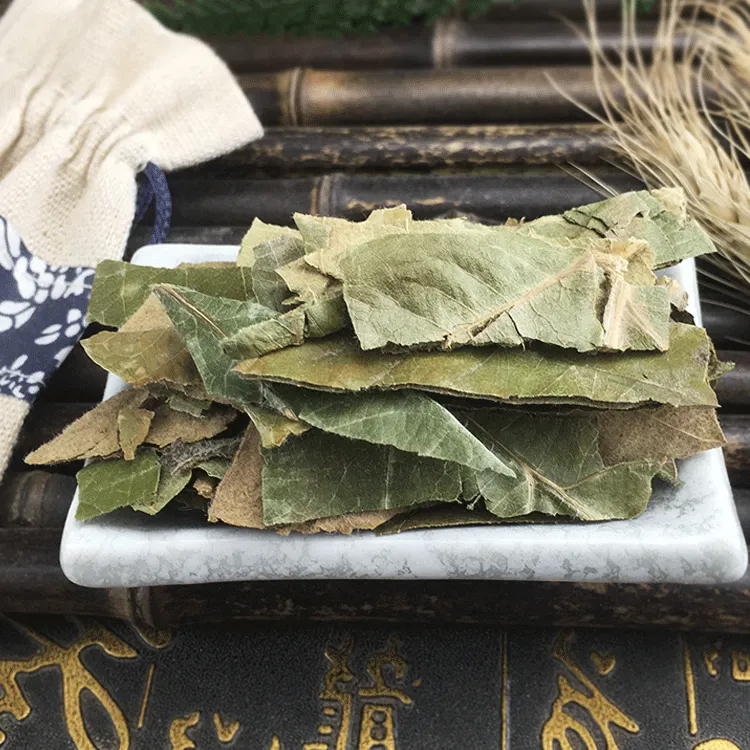


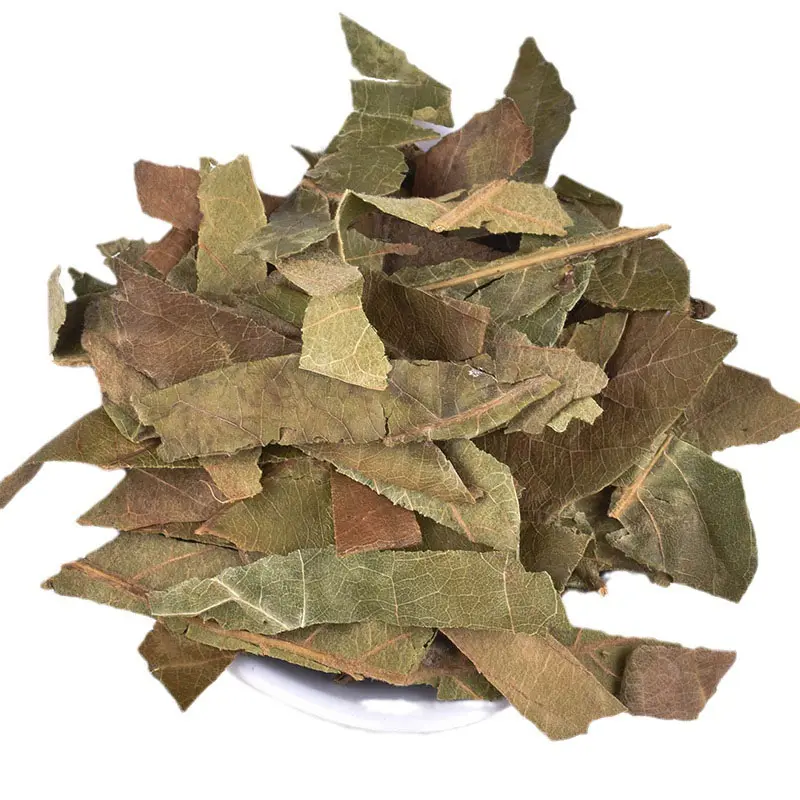

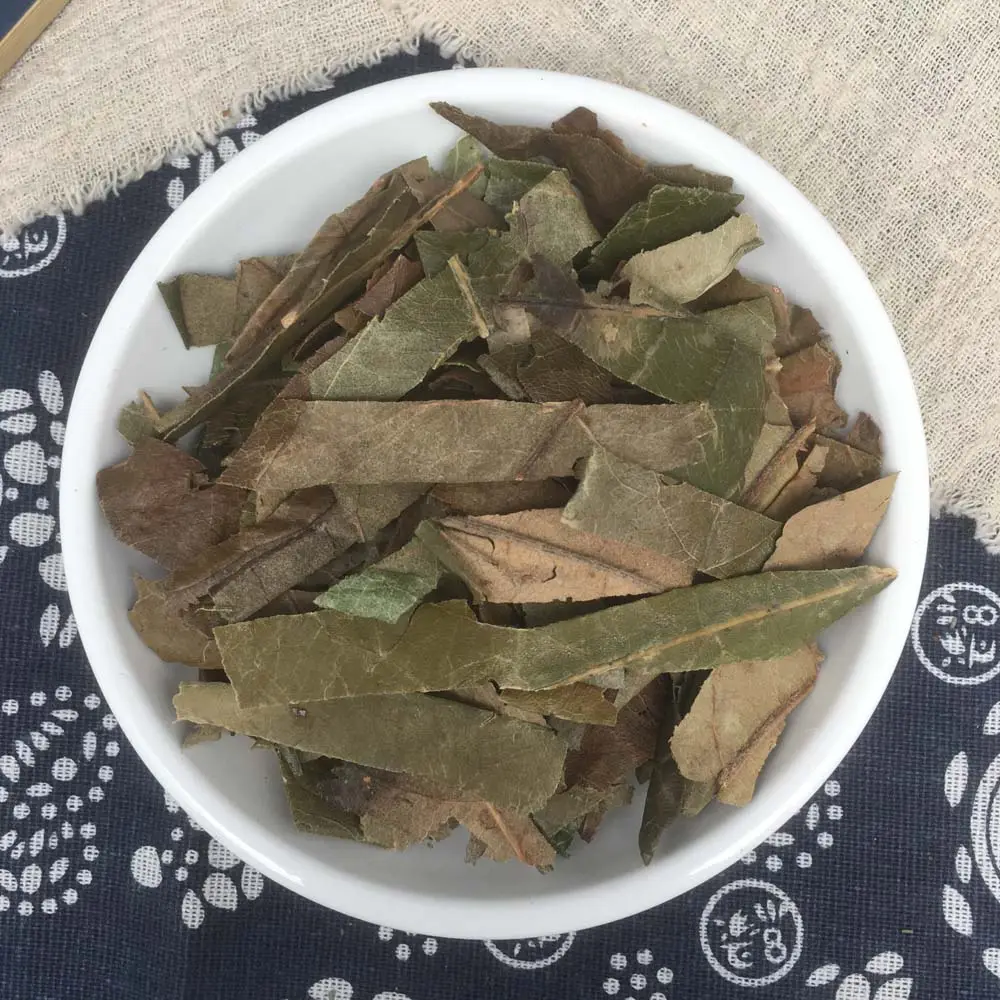
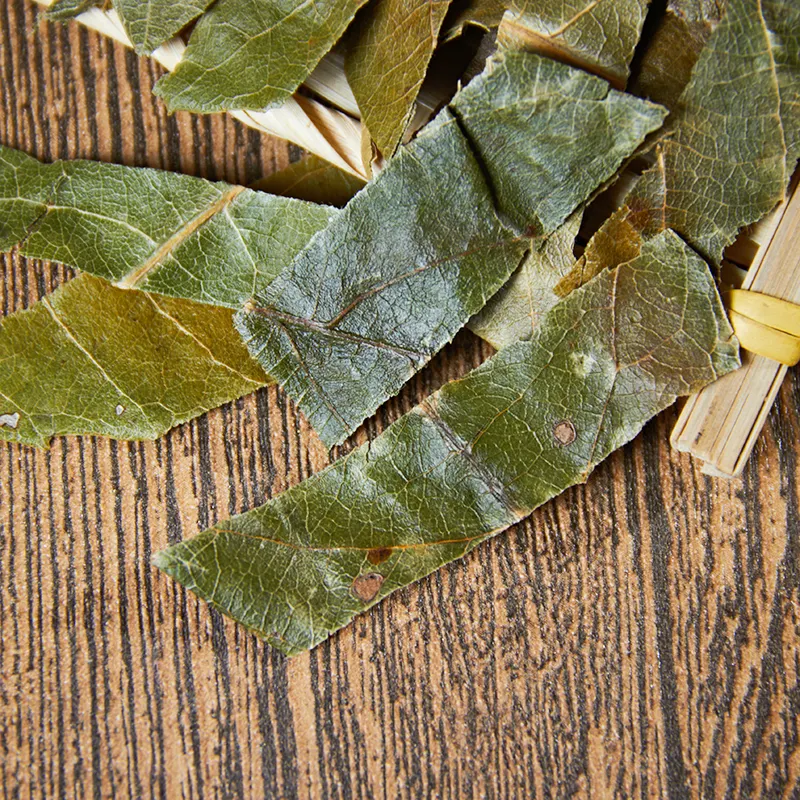
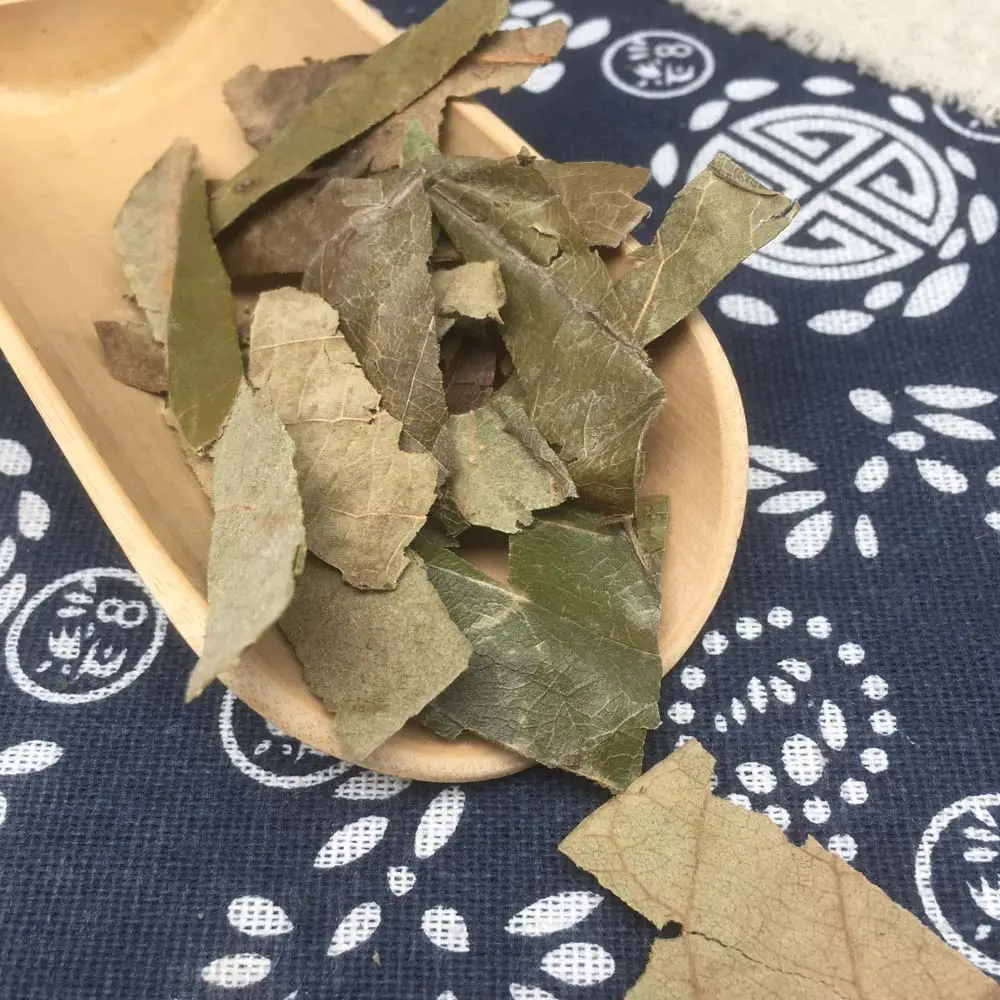



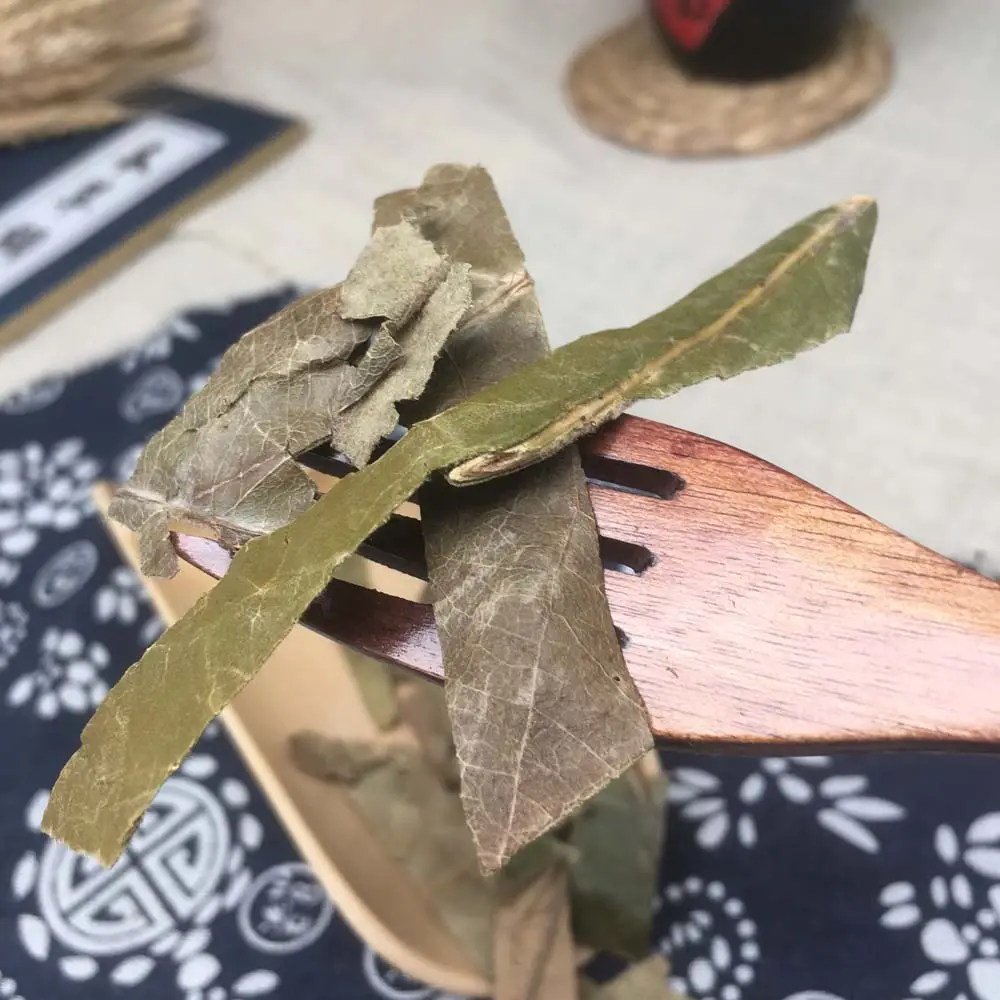

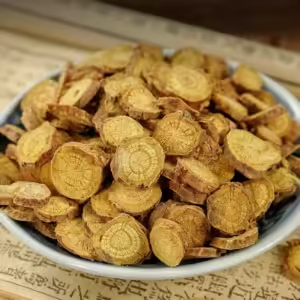
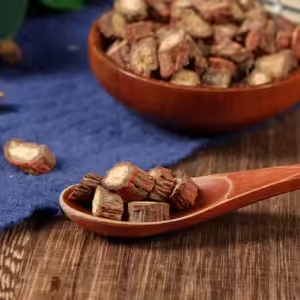
Reviews
There are no reviews yet.